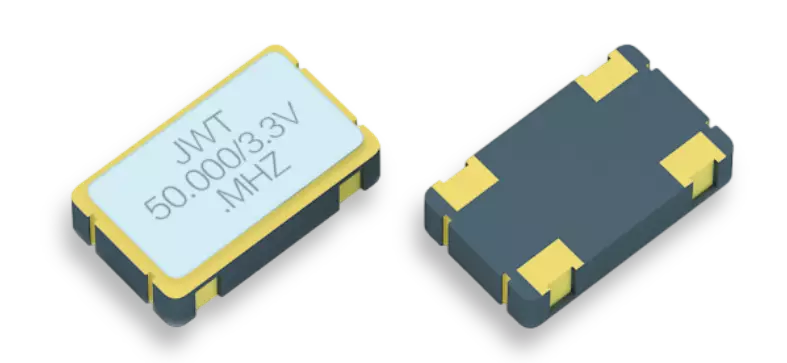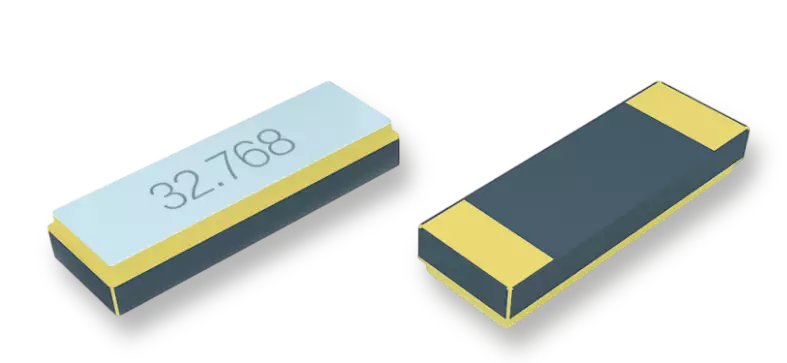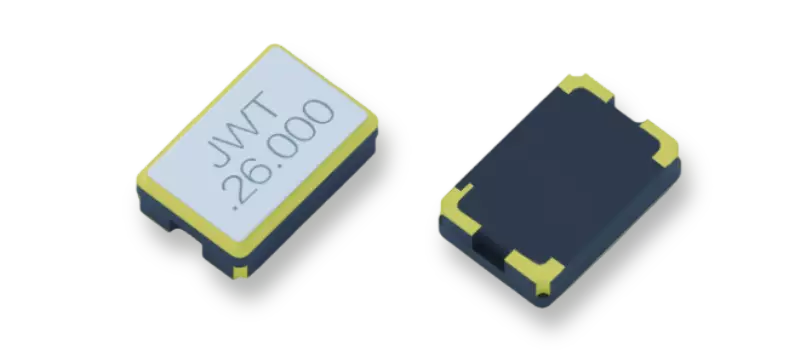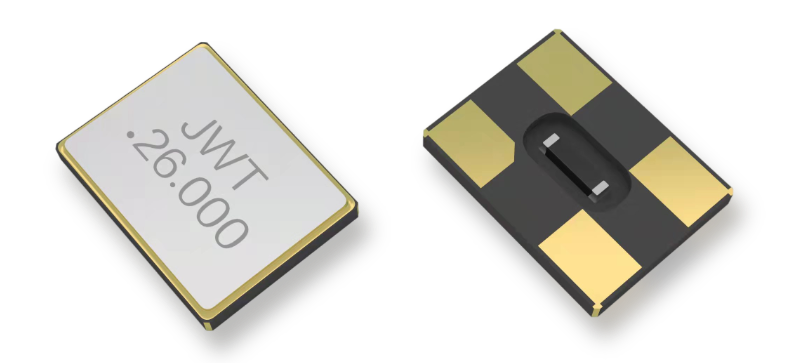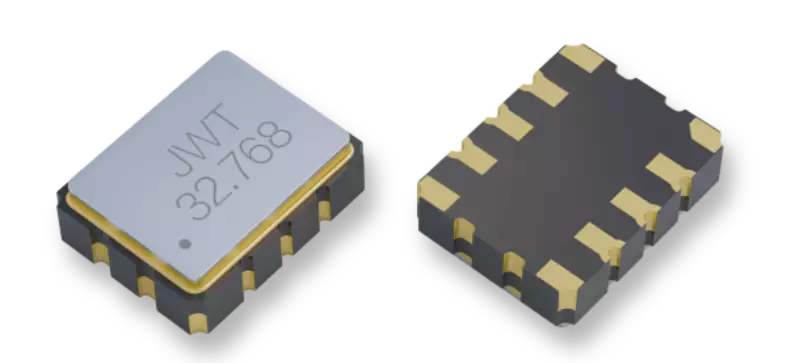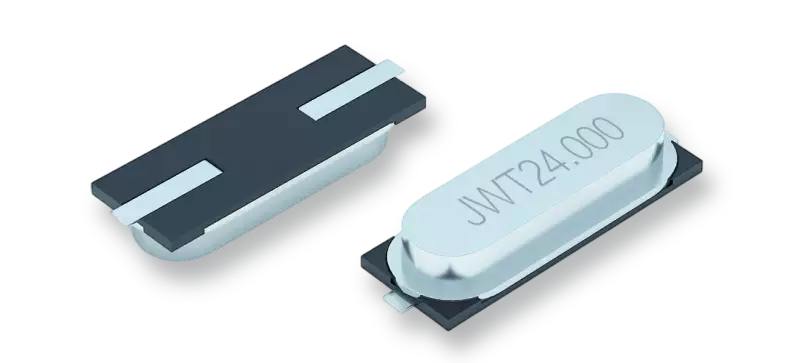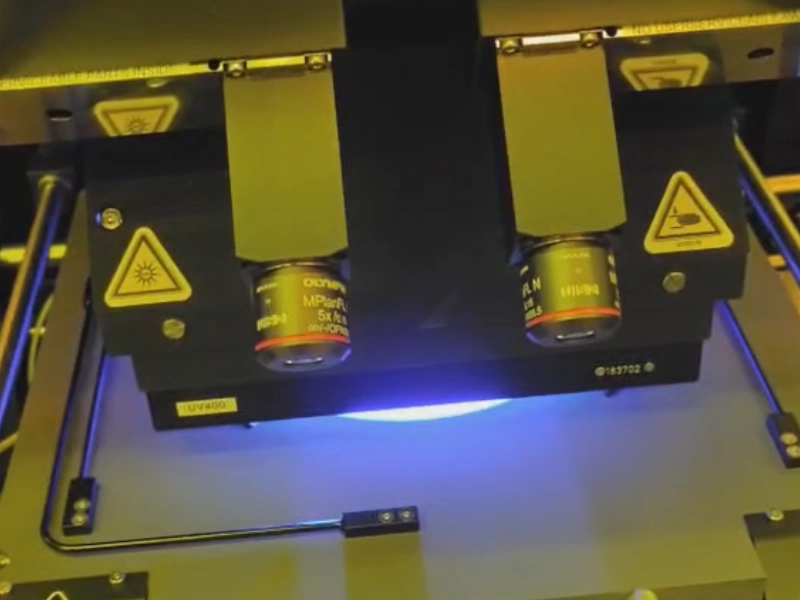Common Problems and Solutions of Crystal Oscillators
Release time: 2025-04-08
In modern electronic devices, crystal oscillators are undoubtedly a vital component. They provide accurate clock signals for the system, ensure that various components work together, and maintain the stability of the system. Whether it is mobile phones, computers or automotive electronics, crystal oscillators play an important role in them.
However, although they are generally reliable and stable, in actual use, crystal oscillators also face some common problems that may affect the performance of the system or even cause failures. Understanding these problems and their solutions is essential to ensure the long-term stability of the equipment. Next, we will explore some common problems of crystal oscillators and provide corresponding solutions to help everyone better use this key component.
1.Frequency drift
Problem description:
Frequency drift is one of the most common problems in crystal oscillators. It usually manifests as a deviation between the output frequency of the crystal oscillator and the nominal value, which may be caused by ambient temperature changes, aging or power supply voltage fluctuations.
Solution:
Temperature compensation: Use temperature compensated crystal oscillators (TCXO). These technologies can effectively reduce the impact of temperature changes on frequency.
Stabilize the power supply: Choose a regulated power supply to avoid power fluctuations from interfering with the frequency.
Choose high-quality materials: High-quality crystal materials help reduce aging effects and ensure long-term frequency stability.
2.Startup failure
Problem description:
The crystal oscillator fails to start successfully after the power is turned on. Common reasons may be unstable power supply, excessive load or circuit design problems.
Solution:
Ensure voltage stability: Ensure that the power supply voltage meets the working requirements of the crystal oscillator to avoid the impact of voltage fluctuations on the startup process.
Reduce the load: Appropriately reduce the oscillator load to avoid starting difficulties due to excessive load.
Optimize circuit design: Ensure that the circuit design meets the startup requirements of the oscillator and consider compatibility with other circuits.
3.Signal waveform distortion
Problem description:
The output signal waveform of the crystal oscillator is distorted. Common phenomena include harmonic distortion or waveform distortion, which can affect system performance in severe cases.
Solution:
Adjust the load: Reduce the oscillator load to ensure the purity of the signal.
Optimize power supply design: Strengthen power supply filtering to reduce the interference of power supply noise on the waveform.
Matching drive circuit: Use a drive circuit that matches the crystal oscillator to reduce waveform distortion.
4.Unstable performance caused by temperature
Problem description:
Ambient temperature changes will directly affect the frequency stability of the crystal oscillator, causing system instability, especially in environments with large temperature fluctuations.
Solution:
Choose a temperature compensated oscillator: For applications that are sensitive to temperature changes, use a temperature compensated (TCXO) to significantly reduce the impact of temperature fluctuations on frequency.
Control the working environment: For some precision applications, the impact of temperature changes can be reduced by controlling the working environment temperature of the equipment.
5.Aging effect
Problem description:
Over time, the crystal oscillator will be affected by the aging effect, and the frequency will gradually drift, reducing its long-term stability.
Solution:
Choose a low-aging oscillator: Select a high-quality crystal oscillator with low aging characteristics to effectively extend its service life.
Regular calibration: For high-precision applications, the crystal oscillator can be calibrated regularly to ensure that it maintains high accuracy for a long time.
6.Electromagnetic Interference (EMI)
Problem description:
In high-frequency applications, crystal oscillators may generate certain electromagnetic interference, affecting the normal operation of surrounding equipment.
Solution:
Optimize package design: Use good electromagnetic shielding materials and designs to reduce interference radiation.
Rationally layout circuits: Avoid directly connecting oscillators to highly sensitive circuits or signal lines in circuit design to reduce interference sources.
Select low EMI oscillators: Select crystal oscillators designed for low electromagnetic interference to ensure the electromagnetic compatibility of the system.
Crystal oscillators are indispensable key components in modern electronic devices. Their stability and performance are directly related to the overall operating efficiency and reliability of the system. When faced with common problems, we can effectively improve their performance and extend their service life through reasonable solutions. In practical applications, choosing the right crystal oscillator size, optimizing circuit design, and regular maintenance can ensure that the equipment maintains excellent performance during long-term use.
If you want to learn more about the technical details and latest solutions of crystal oscillators, please contact JingWeiTe.


